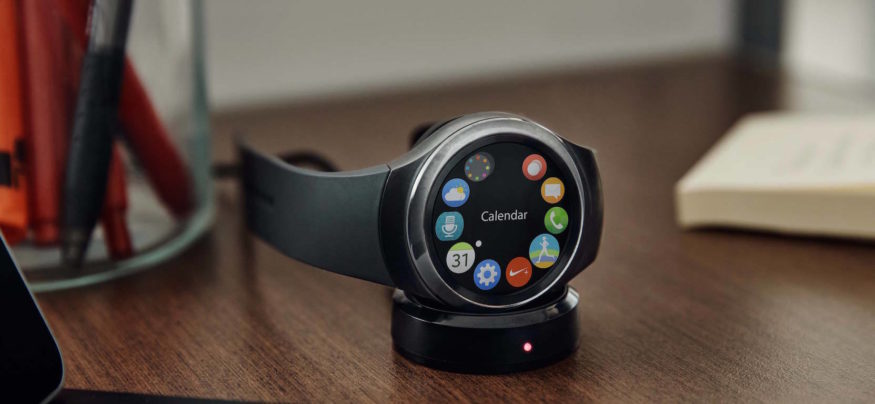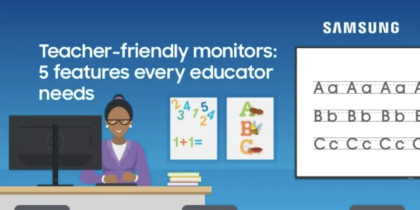With all the talk about virtual reality, wearables, makerspaces and big data, it can be hard to visualize what your classroom is going to look like in a few years. The good news is that you and your school will be heavily involved in creating a space that uses technology to help students learn and keeps them engaged — and that helps you do your job better.
Here’s a look at some of the biggest technology trends and how they’re leading to education innovation.
Virtual Reality
VR headsets can take students to places they could never visit because of cost issues or feasibility. As this technology becomes more widely available, the content will increase to include targeted educational videos and simulation games that teach important real-world skills. Additionally, because videos can be created using tools currently available, it will be easy for businesses and nonprofits to begin creating their own content to be used in schools once they see more VR in action themselves.
A learning station with a few headsets and smartphones can give students firsthand experience walking on the moon, visiting a faraway college or exploring behind the scenes at a local zoo. Because of the immersive nature of virtual reality simulations, the information students receive this way can stick with them better than if they read about it in a book or looked at static photos.
Wearables
Educators know that movement is a key component of the school day for students of all ages. Integration of wearable fitness trackers can help keep students moving and help educators find ways to reward that movement.
Schools are already using jogathons to earn funds to support learning. They can make those events more exciting by giving students access to wearables that will track steps, distance and active time off the track, making it into a school-wide competition. Parents can donate a certain amount per 100 steps, for example, rather than per jogathon lap. Older students who have smartphones can use Android apps to track activity in and out of school for class competitions or science experiments.
Makerspaces
Makerspaces are learning stations where students of all grade levels can create projects and experiments that allow them to engage with subjects on a deeper lever. Elementary students can use stikbots to create animated videos that illustrate concepts they’re learning in science and math. Middle school students can build robots with Legos, and use Raspberry Pi computers or Chromebooks to practice coding. High-schoolers can explore trigonometry and physics by designing bridges using drawing software, then print the components using a 3D printer.
Big Data
This will be the tool that might help you the most as a teacher, as its sophisticated learning management tools and digital curriculum give you access to up-to-the-minute performance information about your students. This will allow you to quickly individualize learning experiences that help students meet standards and develop the skills they need to access further levels of their education.
By obtaining the right data, you’ll be better able to provide extra help to students who aren’t grasping the concepts you’re teaching in class, either through special projects or added enrichment activities. You’ll also be able to provide specialized experiences for advanced students who might otherwise get bored as you’re helping students at other levels learn the content.
These are exciting times for education, as technology advancements lead to serious education innovation. As we gain access to more powerful tools, we’re able to change our classrooms into learning labs and discussion areas that not only help students meet the educational standards set for them, but also show them how much fun it can be to learn new things with technology in the classroom.
Technology doesn’t have to be impersonal. Learn about how it can help foster collaboration in the classroom.







